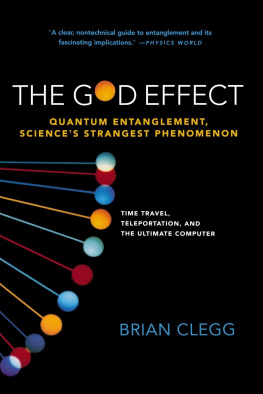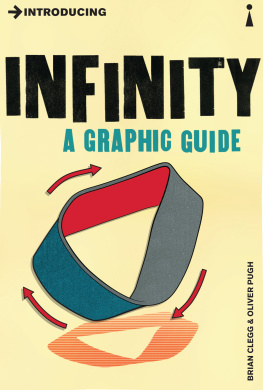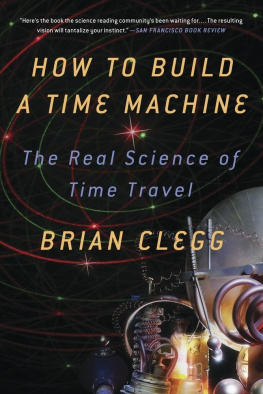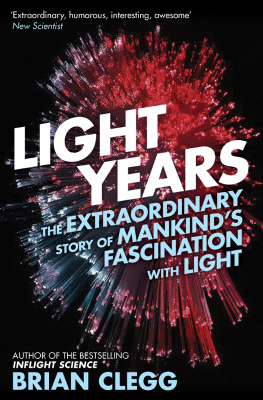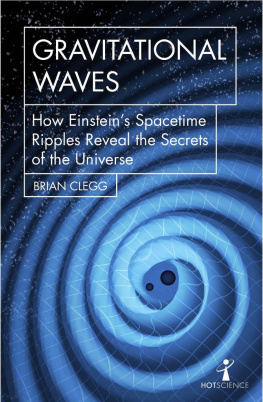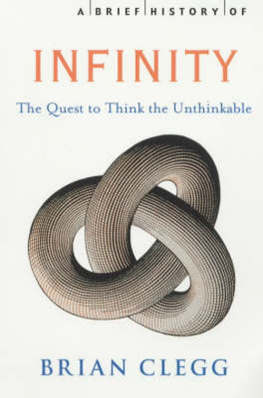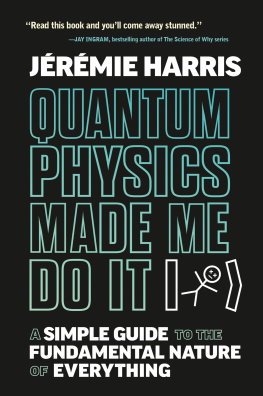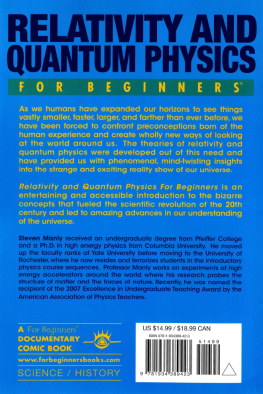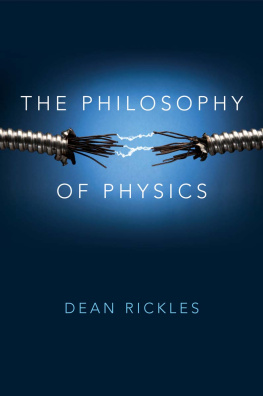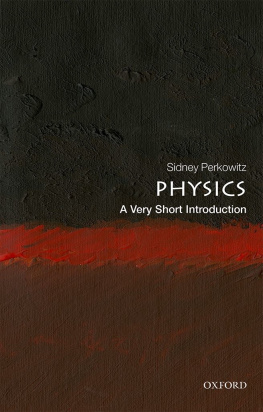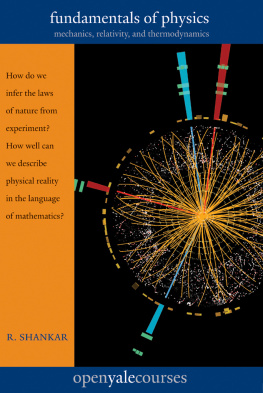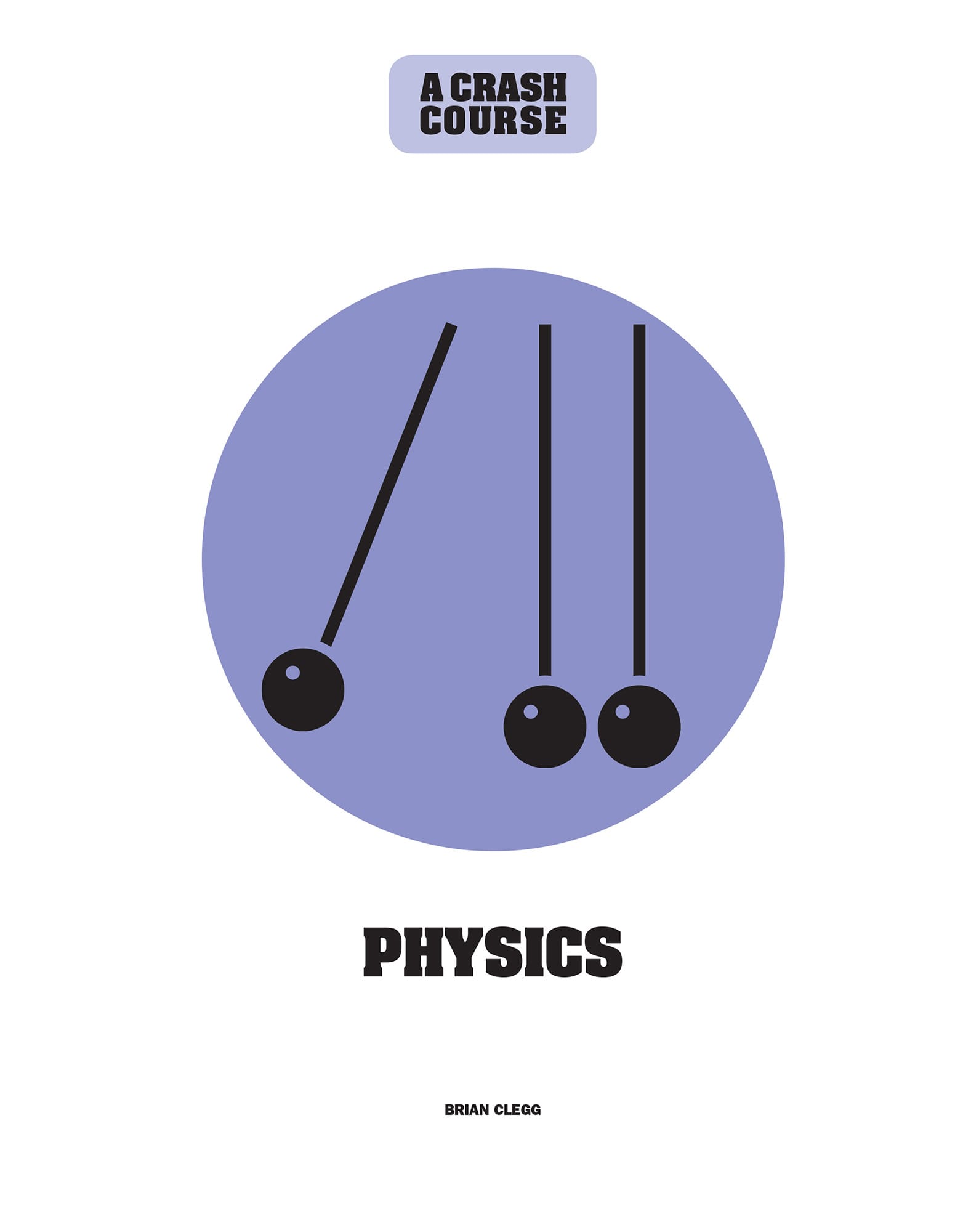While elements of physics were known to the ancient Greeksparticularly Archimedesand developed to some extent during the medieval period, physics in the modern sense began with Galileo Galilei in the early seventeenth century. Galileos great contribution was Discourses and Demonstrations Relating to Two New Sciences (1638), which covers forces and motion, though he ventures into a number of byways, including the nature of infinity. His book gives information on how things fall under gravity, using the controlled method of pendulums and rolling balls down inclined planes. And it discusses the way that projectiles move.
What was dramatically different about Galileos approach was that his ideas were based on experiments, both real and based in thought. There is a small amount of mathematics in Galileos work, but it was his successor, Isaac Newton, who brought numbers to the fore. Newton, working at the end of the sixteenth century, made physics a mathematical science with his laws of motion and gravitation, and his book, the Principia, provided a huge step forward toward modern physics.
Always relative
As far as the laws of motion and gravitation go, Newtons work was accurate enough to take us to the Moon. It would not be until Einstein took on relativity at the start of the twentieth century that Newton would have to be fine-tuned for the unexpected relationship between time and space that becomes apparent at very high speeds, and for aspects of gravitation that emerged from Einsteins answer to Newtons biggest unresolved problem: how gravitation acted at a distance. By bringing in the concept of warps in spacetime, Einstein gave us a total picture of the weakestbut most obviousforce of nature.

Albert Einstein was the first true media scientistso much so that we tend to associate the term relativity uniquely with him. However, not only did several contemporaries make key steps toward the special and general theories, the concept of relativity dates back to Galileo. It was he who pointed out that we always have to ask the question Relative to what? when considering motion. Galileos relativity is about ensuring that we think about context for movement. He pointed out that aboard a windowless, smoothly traveling boat, there would be no way to tell from experiments inside that you were moving. When on the boat, it isnt in motion as far as you are concernedits the water and the Earth below thats moving backward.
This concept of Galilean relativity, though, is no trick with words. It has a genuine and important effect on how we interact with the world around us. Its Galilean relativity that means we arent left behind by the moving Earthand that increases the speed of impact when two cars are in a head-on collision. If each travels at 50 miles per hour (80 km/h), they will collide at 100 mph (160 km/h), relative to each other. Similarly, its Galilean relativity that requires aircraft to take off into the wind. The wind speed adds to the speed of the air across the wings, enabling the plane to take off at a lower ground speed. Einstein once joked about Galilean relativity while on a train, asking, When does the station arrive at this train?
Expanding views
In Newtons day, physics was primarily concerned with forces and movement, with astronomy still pigeonholed in the Greek fashion under mathematics. However, as the discipline became more clearly established, not only would considerations of the universe come into the fold, but other natural phenomena became more clearly identified and added to the remit of physics. Both electricity and magnetism had been known since ancient times, but for many centuries they remained little more than a mystery. Magnets become increasingly useful in compasses, helped by the idea developed in the sixteenth century by English natural philosopher William Gilbert that the Earth itself was a huge magnet and it was this that made compass needles point in a particular direction. Gilbert constructed elegant little magnetic globes known as terrellae to investigate this. Meanwhile, by the eighteenth century, electricity had become an entertainment for the wealthy with displays such as the Flying Boy, where a youth was suspended from silk cords, charged up with static electricity, and used to pick up lightweight objects by electrostatic attraction and to produce sparks from his fingertips.
However, it would be the nineteenth century, as with so much else in science and technology, that saw electricity and magnetism come to the fore as a topic of physics. English scientist Michael Faraday, and other pioneers of the period such as the American Joseph Henry, produced a whole range of electrical and magnetic discoveries, leading to the development of the electric generator and motor. Their work made it clear that magnetism and electricity did not exist in isolation from each other. Moving magnets produced electricity, while electric currents could be used to create electromagnets.
The observed phenomena were pulled together by the Scottish physicist James Clerk Maxwell. He not only gave a mathematical basis for the combined field of electromagnetism, but also showed that electromagnetic waves should existand if they did, they would have to travel at the speed of light, establishing the origin of one of the key aspects of nature.
Getting heated
At the same time, the steam engine, the motive power of the Industrial Revolution, had produced a need to know more about heat and energy. As a result of this, thermodynamics, the part of physics dealing with transfer of heat and heat engines was developed, and the different forms of energy were unified into a single concept.
This was the ideal time to be opening up thermodynamics. To get a proper picture of what was happening to, for example, the steam in an engine, it was necessary to take a statistical view of its atomic components. The concept of atoms, first developed in ancient Greek times, was revived and improved to explain how chemical reactions took placebut it also proved essential in getting an understanding of the behavior of matter as it was heated and cooled.


